
The federal government ‘sees a long-term future for the oilsands.’ Here’s what you need to know
An internal document obtained by The Narwhal shows how the natural resources minister was briefed...
In an ice cream parlour in 30 C weather, Ian Scates is thinking about heating bills. The owner and CEO of Central Smith Creamery in Selwyn, Ont., has been watching furnace oil prices skyrocket. He and his wife Jen, the company’s vice-president, talk constantly about how high prices are getting: sitting on his desk is a $1,100 bill, and that’s not just for a monthly fill.
“They come in three times a week,” Scates says. “We consume a lot of furnace oil — on a daily, weekly basis.”
A few months ago, he says, that bill would have been closer to $600 or $700.
The process of making ice cream involves a surprising amount of heat. Milk products have to be pasteurized, heated above 66 C to kill bacteria. At Central Smith, that process requires a boiler that runs on oil. The Scates make efforts to keep their carbon footprint in mind, like using wasted heat for radiant floor heating, heat pumps for air conditioning and making sure their walls are well insulated. But their fuel source is what it is.
“We’re consuming a lot of fuel oil,” Scates says. “We’re no normal household.”

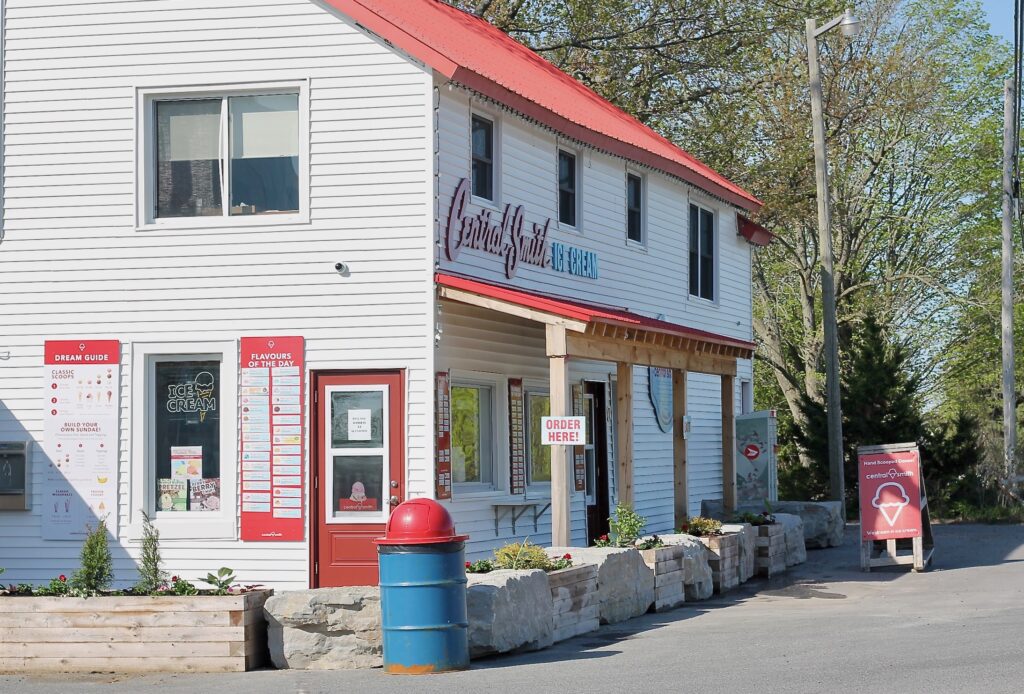
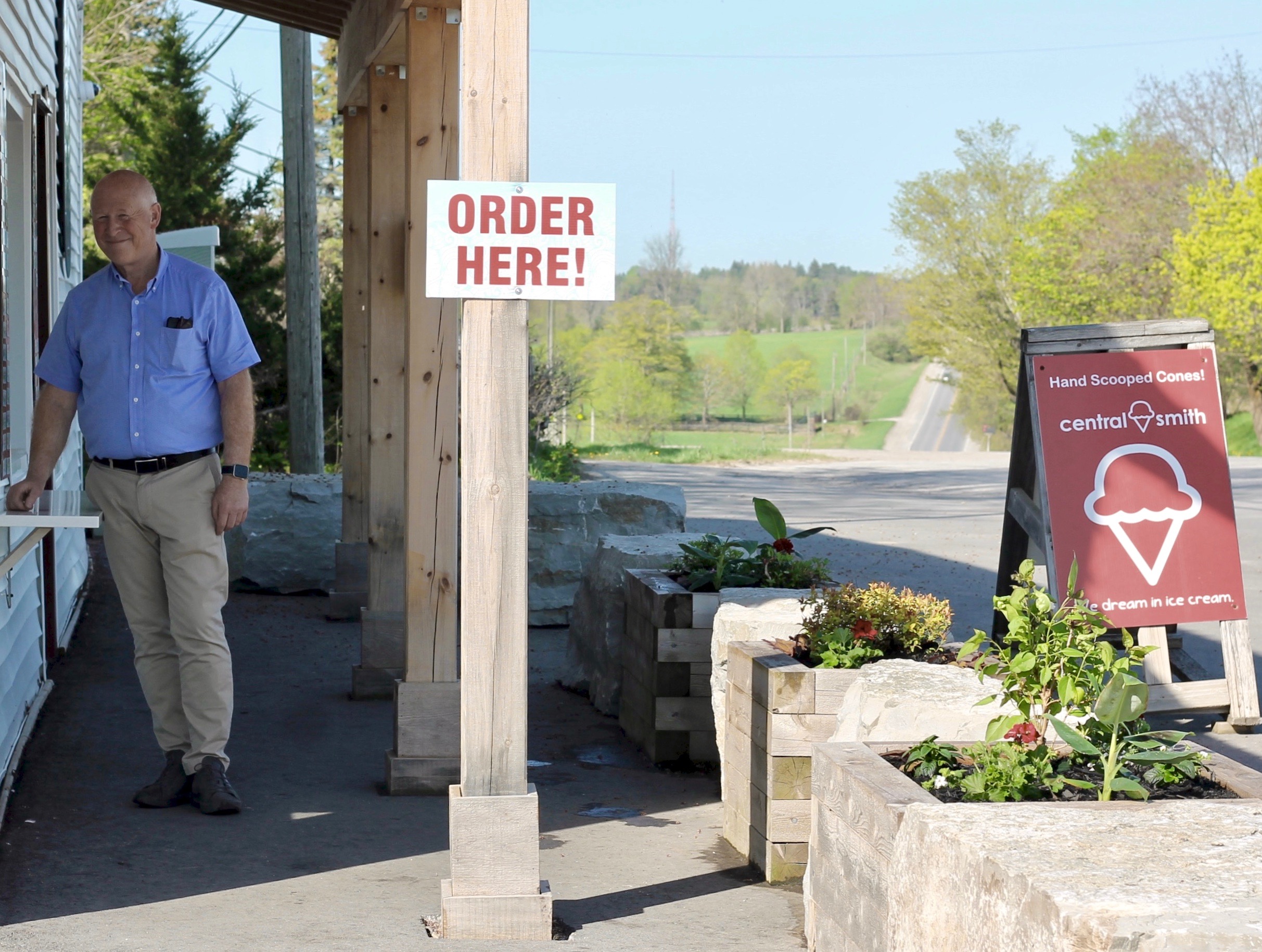
It’s the reason he’s been calling Enbridge Gas repeatedly, trying to get connected to a natural gas line. The behemoth energy company already serves 1.5 million customers in Ontario, including many in this region. Though situated along a country road of verdant fields and farms, the creamery is hardly remote, just five minutes from the city of Peterborough, Ont. Enbridge’s nearest natural gas pipelines are just a minute or so in either direction.
“We’re kind of low-hanging fruit for them,” he says.
Natural gas is a cheaper fuel option than furnace oil or diesel oil. It is, for the moment, the most economical option for generating the energy many homes and businesses need. For Scates, it’s his best hope for cutting down operating costs at the business his father bought in 1978 — though its history as a creamery dates back to 1896.
“We were pretty tied to what was here and available,” Scates says. “I mean, I don’t even think propane in those days would have been a viable option. So, they were on fuel oil when we came here in ’78. We haven’t changed from that.”
Natural gas is also, by many accounts, cleaner than most fossil fuels. Diesel and propane both produce significant greenhouse gas emissions, and building heating is the third highest source of emissions in Ontario. But just how much cleaner is up for debate. The most significant component of natural gas is, after all, methane — about 95 per cent, according to figures from Enbridge Gas — and methane is the second biggest contributor to global warming. Impacts from natural gas extraction and processing, including methane leaks, carry significant environmental concerns and fracking for gas is a widely controversial process. This is why many voices have called for a phase-out of natural gas for electricity in Ontario, including 32 municipalities — one of which was Selwyn.
Even so, it’s a seemingly good time to be looking for a natural gas connection in Selwyn. The eastern Ontario township is part of the Natural Gas Expansion Project launched by the Ontario government shortly after Doug Ford became premier in 2018. The project is meant to bring natural gas access to nearly 18,000 new customers in Ontario. Six projects have already been completed or are wrapping up. Currently underway is the second phase of 28 projects, mostly spanning southern Ontario, that will reach several First Nations communities as well as a smattering of locations in the north. This phase includes increasing access in Selwyn.
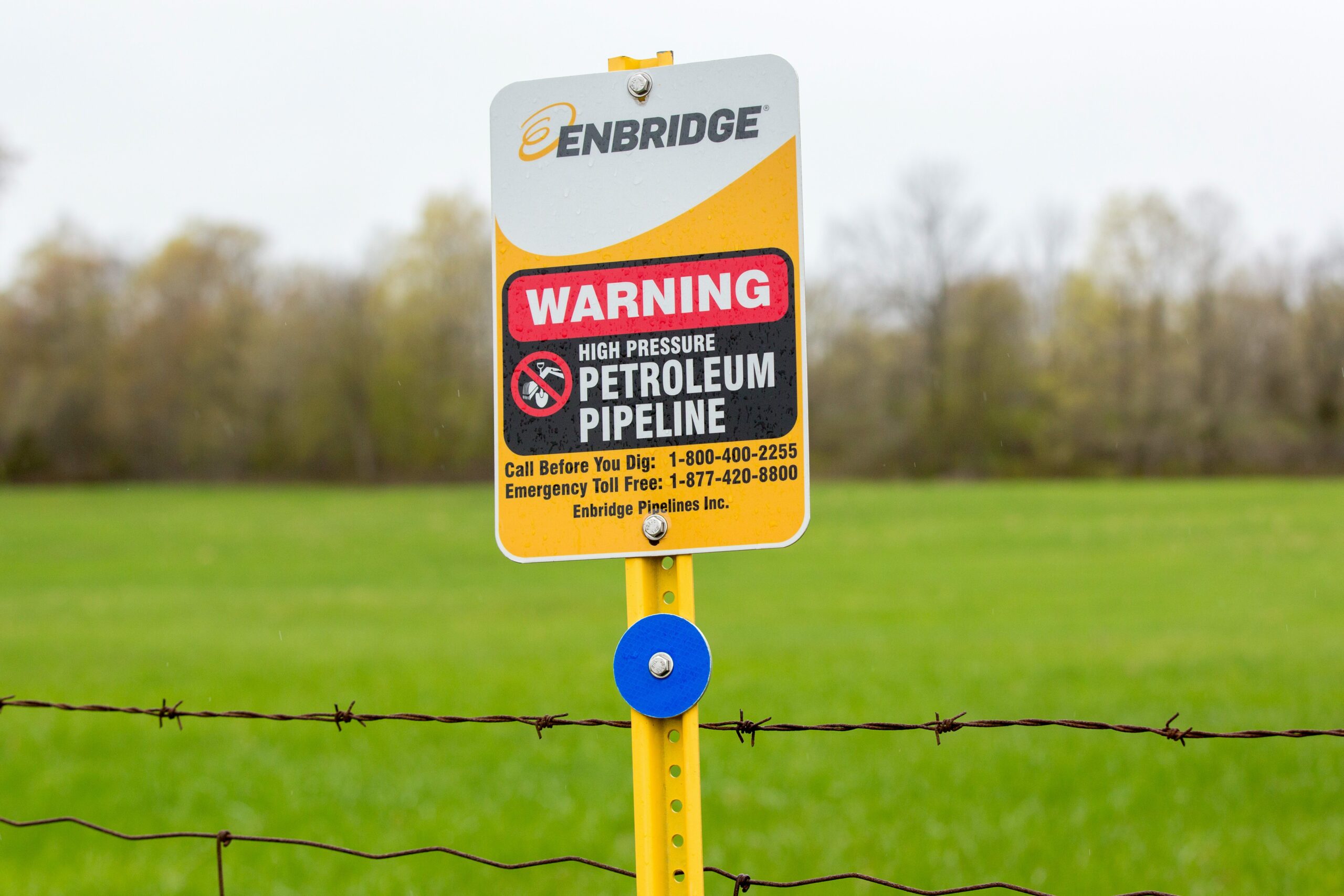
Ford’s government spent millions of dollars cancelling green energy projects, including wind and solar, when it came into power. So it’s not surprising the Progressive Conservatives have dug in their heels about continuing, even growing, the use of natural gas in the province (Selwyn’s MPP, Progressive Conservative Dave Smith, did not respond to repeated requests for an interview). And increased consumption of natural gas for both heating and electricity seems inevitable over the next few years, as a big chunk of Ontario’s ability to generate nuclear power winds down over the next few years.
At the same time, the government knows that new technology is bringing about heating and electricity solutions that don’t require gas, and that there is public appetite for reducing all fossil fuel use. In April, Energy Minister Todd Smith announced a new panel tasked with looking at electrification and options for energy in Ontario.
This contradiction is playing out in and around Selwyn, where residents are being promised both better access to natural gas, and more forward-thinking, lower-emissions energy solutions.
On another May day in Selwyn, in an auto shop parking lot at windy crossroads, Enbridge Gas set up camp to talk to community members about a natural gas pipeline the company is laying alongside one of those roads — and the plan to connect it to more customers. Enbridge is promoting natural gas expansion here, where many households and businesses, like Central Smith Creamery, are heated with furnace oil or propane.
The Energy Ministry declined to provide a figure for the full cost of the expansion project. What we know is that much of it will be paid by customers. Existing gas users in Ontario — about 3.6 million homes and 160,000 businesses — began paying a $1 monthly charge on their bill in July 2019. New customers will pay a surcharge of 23 cents per cubic metre of gas on a 40-year term, though the infrastructure is expected to last well beyond that. The province also announced it would set aside $234 million toward phase two.
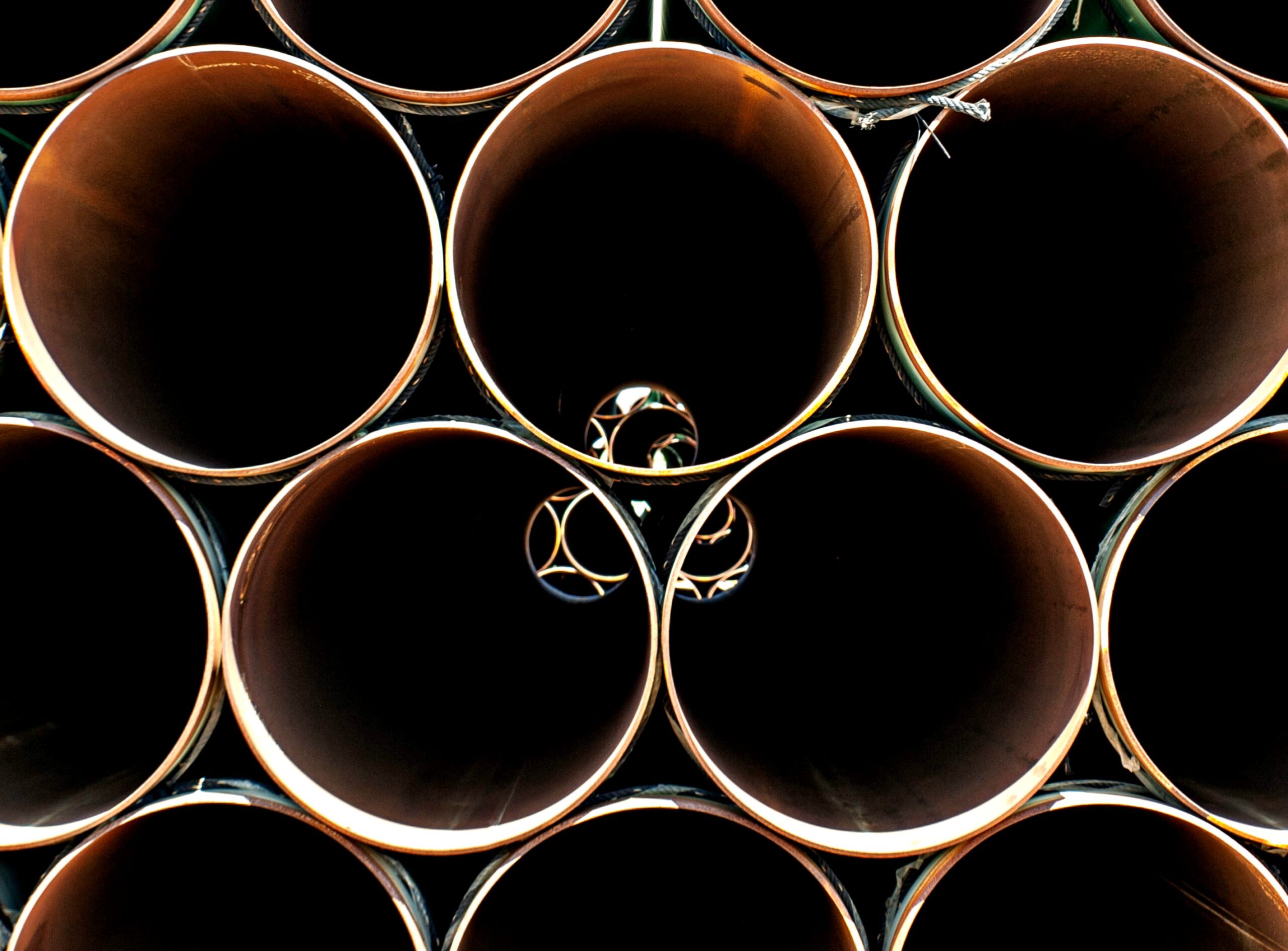
Funding also came via a $1.7 million grant from the Ontario Energy Board, the independent regulator of natural gas and electricity in the province. The board received pitches from multiple companies wanting to carry out the project, and gave the go-ahead to proposals from Enbridge; Epcor, owned by the City of Edmonton but operating in southwestern Ontario as well; and Lakeshore Natural Gas, a small company run by a group of municipalities in northern Ontario, like Marathon and Terrace Bay, that wanted to provide their own trucked-in natural gas service.
The final decision about awarding the contract was made by the provincial Ministry of Energy, which gave most of the projects to Enbridge, with one project in Bruce-Grey county being awarded to Epcor.
Don Armitage, an Enbridge sales representative at the Selwyn information session, is quick to point out that the infrastructure Enbridge is installing can work with alternative fuel sources. “By us displacing other higher carbon fuels, that’s how we’re going to get to net-zero. And then there’s also potential for renewable natural gas and hydrogen,” he says. He’s referring to pilot projects the company has in the works mixing conventional natural gas with cleaner fuels.
Renewable natural gas, or biogas, is captured from sources like compost and manure, then purified. Hydrogen can be produced from low-carbon sources like solar and wind energy. But hydrogen is also sometimes derived from conventional natural gas itself — which means that, according to a 2021 study by researchers at Cornell and Stanford universities, the current process for producing it emits a significant amount of methane and carbon dioxide. Enbridge uses hydrogen from both renewable sources and natural gas, mixing about two per cent hydrogen into its natural gas supply. The company told The Narwhal it is working to increase that figure to put greener gasses through its existing pipeline network.
Jack Gibbons, chair of the Ontario Clean Air Alliance, refuses to use the term natural gas. It’s “methane gas” to him. While discussion around global warming tends to focus on carbon dioxide, methane is actually over 25 times more potent and warms the planet faster. It has a shelf-life of about a decade, after which it combines with oxygen to become carbon dioxide. Uncombusted methane is a significant emissions problem.
Gas-fired furnaces, stoves and water heaters tend to operate relatively cleanly, meaning there isn’t a significant output of uncombusted methane from home appliances, though a recent study has called that into question. But the biggest release of methane comes from natural gas production and fugitive leaks through that process — in other words, the way in which natural gas gets out of the ground and readied for our homes.
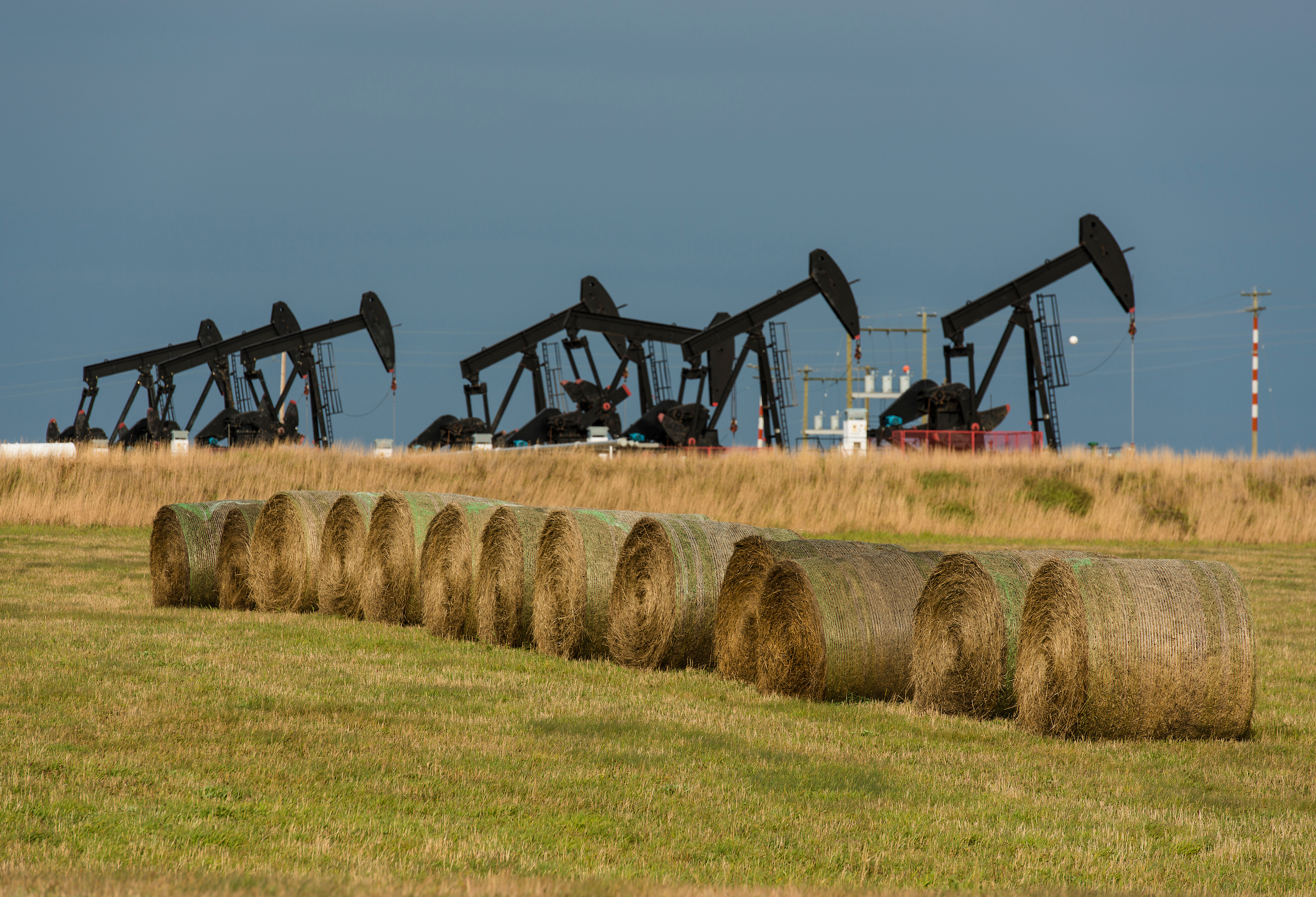
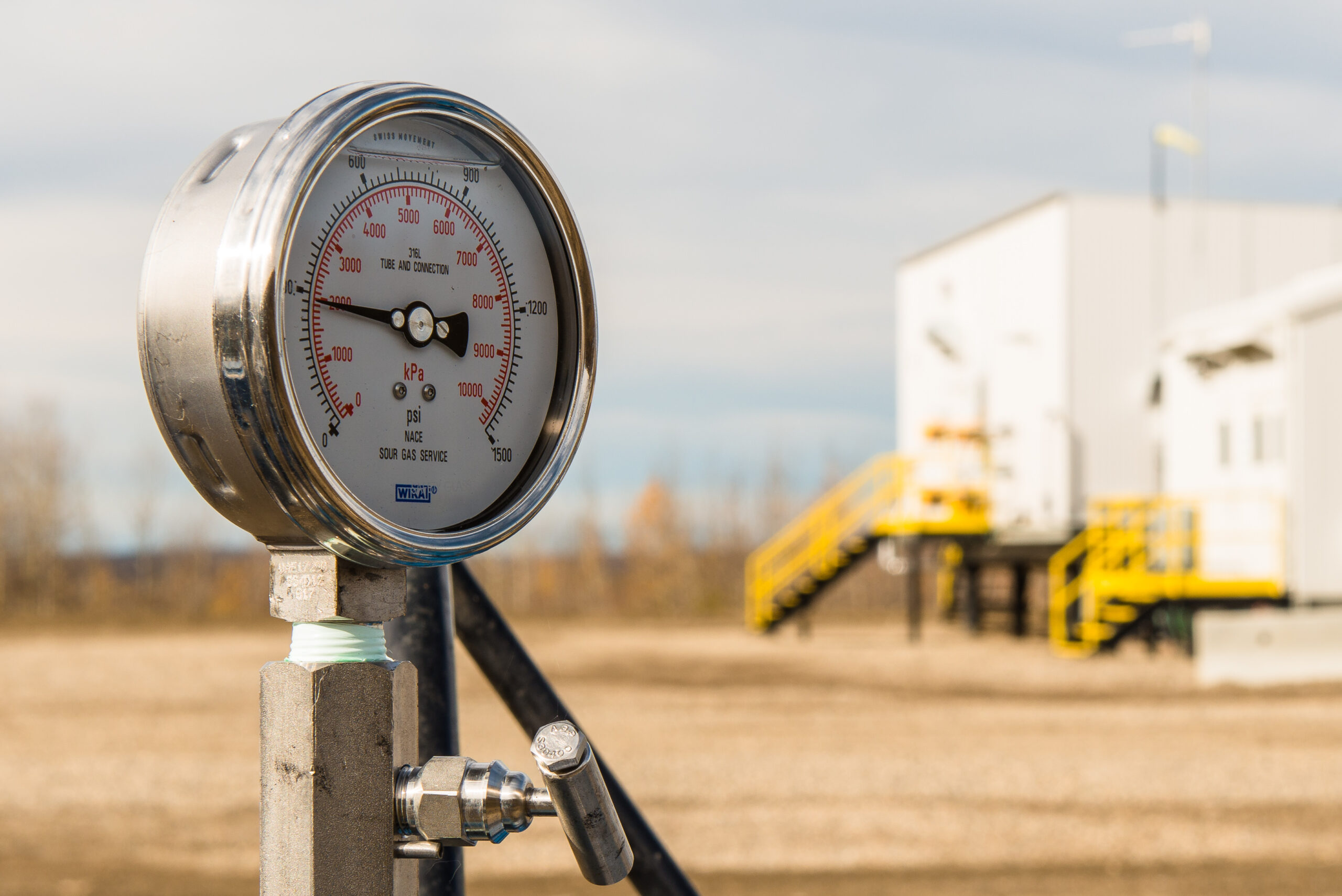
Armitage says that Enbridge isn’t involved in the production of the gas, which is purchased from Alberta and the U.S. Gas from Alberta is sent through TC Energy’s TransCanada pipeline and 90 per cent of it arrives in Ontario, Armitage says, meaning the loss along the way is around 10 per cent. Enbridge’s own pipeline system in Ontario moves about 1,900 billion cubic feet of natural gas each year and about half of that is destined for homes, businesses and industry in the province (the rest moves along to Quebec or the U.S. northeast).
So far, 20 homeowners and a handful of businesses in Selwyn have told Enbridge they’re interested in natural gas. Even with the surcharge applied to new customers, Enbridge says that residents could save more than half of their heating costs following a switch. They also won’t have to shovel snow around their fuel tanks all winter before a truck can fill them up — a perk many people have noted, Armitage says.
It’s an understandably appealing prospect. Scates, the owner of Central Smith Creamery, is still waiting for a call back.
Back in 2018, when Ford announced the plan to expand natural gas infrastructure across the province, the pitch was all about cost savings.
“By cancelling the cap-and-trade carbon tax, we have already acted to bring natural gas prices down for Ontario families and businesses. Now we are taking the next step to ensure that the benefits of natural gas expansion are shared throughout the entire province,” he said at the time.
Ford was referring to the monthly surcharge the previous Liberal government’s cap-and-trade program would have put on natural gas: it put the cost at about $5 per month for the average homeowner in 2016. He failed to mention that money collected through cap-and-trade was meant to be invested in retrofit programs to help homeowners reduce gas consumption, which could have led to savings beyond that monthly increase, as well as emissions reductions.
Even as Enbridge installs natural gas infrastructure in Selwyn, it’s trying to sell another, cleaner form of heating to customers just down the road in Peterborough. As part of the Ford government’s April budget, the Ministry of Energy announced it would partner with Enbridge on hybrid heat pump pilot projects in Peterborough, where most houses are already on natural gas, as well as in Sault Ste. Marie and St. Catharines.
Electric heat pumps work by transferring air between the indoors and outdoors and either heating or cooling it, depending on the season. The pumps are less efficient in very cold weather (though some function up to -25 C), and so work in conjunction with a backup heating source. The hybrid heat pumps the pilot project is promoting work with natural gas furnaces and switch on only in moderate temperatures and when electricity rates are low.
Systems can cost from $6,000 to more than $9,000, according to Enbridge. In the pilot project, which was already established in London, Ont., the province is offering residents up to $4,500 for the purchase and installation of a pump through Enbridge.
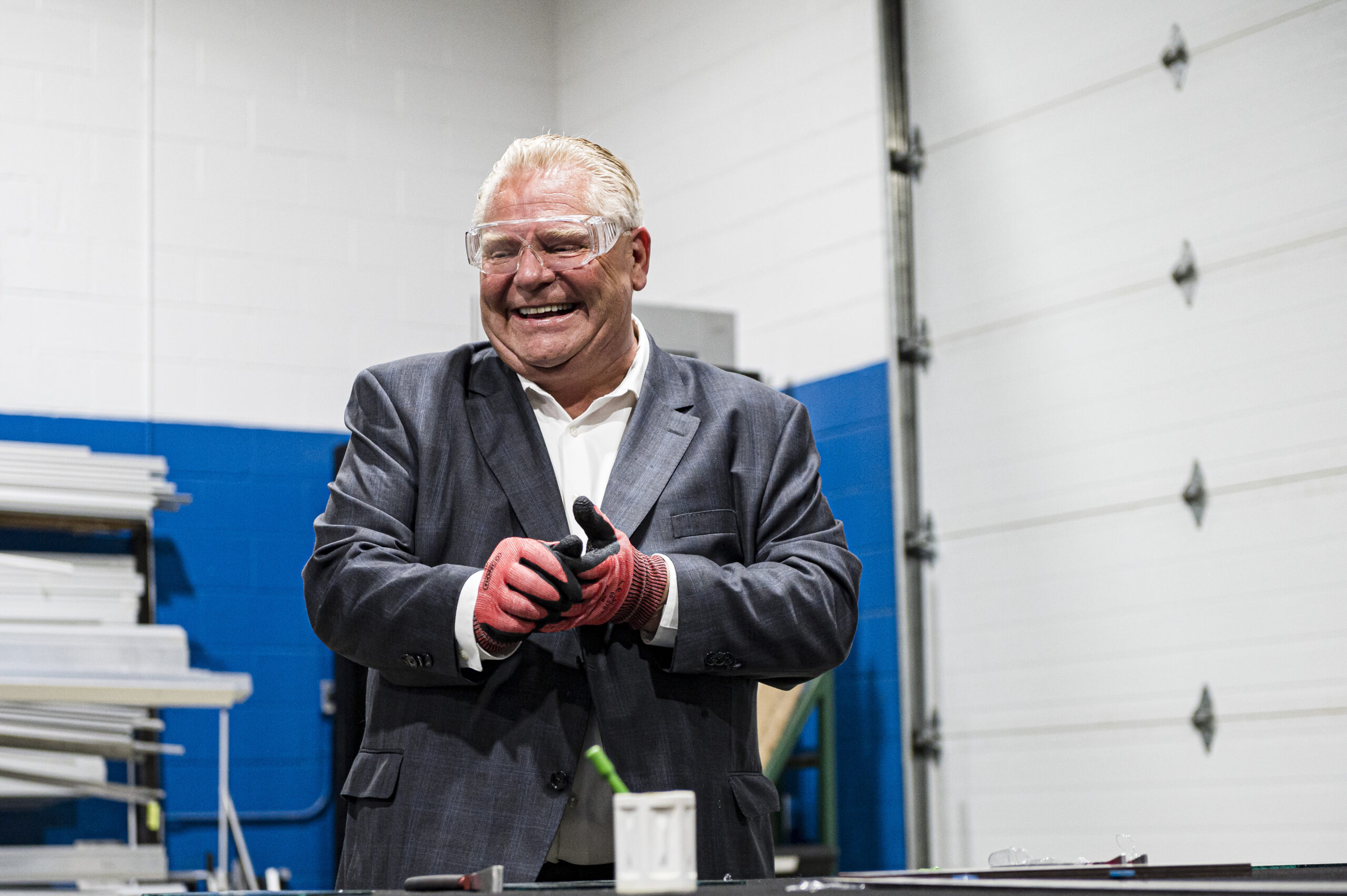
These hybrid heat pump pilots are part of the Ontario Energy Board’s demand-side management program, which is aimed at natural gas conservation through things like financial incentives and education. It’s only pitched for a few cities at this point, but Enbridge has applied to the board to take the project province-wide.
Of course, government subsidies for this project only stand if the Progressive Conservatives are re-elected, and even then, they aren’t beholden to it. But the pilot project offers an interesting alternative to the natural gas expansion and hints that the government at least somewhat recognizes the environmental footprint of the fuel source it’s pushing. As Energy Minister Smith said in the pilot project announcement, “This initiative would be expected to reduce a household’s natural gas consumption by up to 40 per cent and greenhouse gas emissions by up to 30 per cent.”
A spokesperson for Ontario’s Energy Ministry, Palmer Lockridge, responded to The Narwhal’s questions via email, writing that the hybrid heat pump project allows residents “to leverage Ontario’s world-class clean electricity grid to replace their old air conditioner entirely and significantly reduce their furnace’s natural gas consumption, saving them money.”
But there’s a catch. Ontario’s electricity grid is highly emissions-free due to the province’s nuclear capacity, which is waning. The nuclear plant in Pickering, Ont., which supplies 14 per cent of the province’s energy needs, is slated to close by 2025. Using electricity instead of natural gas is a bit of a sleight of hand when the province has shown serious hesitancy for generating electricity from renewable sources. When electricity demand is highest — say a 35 C July day when everyone with an air conditioner has it on full blast — those supposedly low-emission electric pumps would be powered by, yes, natural gas.
In the past few years, local governments across the province have written to the energy minister suggesting the province stop burning natural gas for electricity by 2030. In response, the government tasked the Independent Electricity System Operator of Ontario — which manages the purchase and distribution of electricity in the province — to look at the feasibility of a phase-out.
In October 2021, the system operator reported back that a full phase-out of natural gas by 2030 would result in a 60 per cent increase in residential electricity costs as well as an unstable grid prone to blackouts. Ontario would have to move to an energy mix incorporating more hydroelectricity from Quebec as well as increased wind and solar capacity. It would also need additional storage capacity, additional transmission lines and a small modular nuclear reactor, technology that hasn’t been used commercially yet anywhere in the world.
“So, it’s quite a large build-out, which drove up the cost,” David Devereaux, senior manager of resource and plan assessments with the systems operator, tells The Narwhal. And Devereaux says even this scenario could prove challenging to achieve. Increased imports from Quebec, for example, can’t be assumed to be available: toward the end of this decade, Quebec’s calculations show that its energy reserves will fall below demand, Devereaux says, meaning that province will also be looking beyond its borders to shore up.
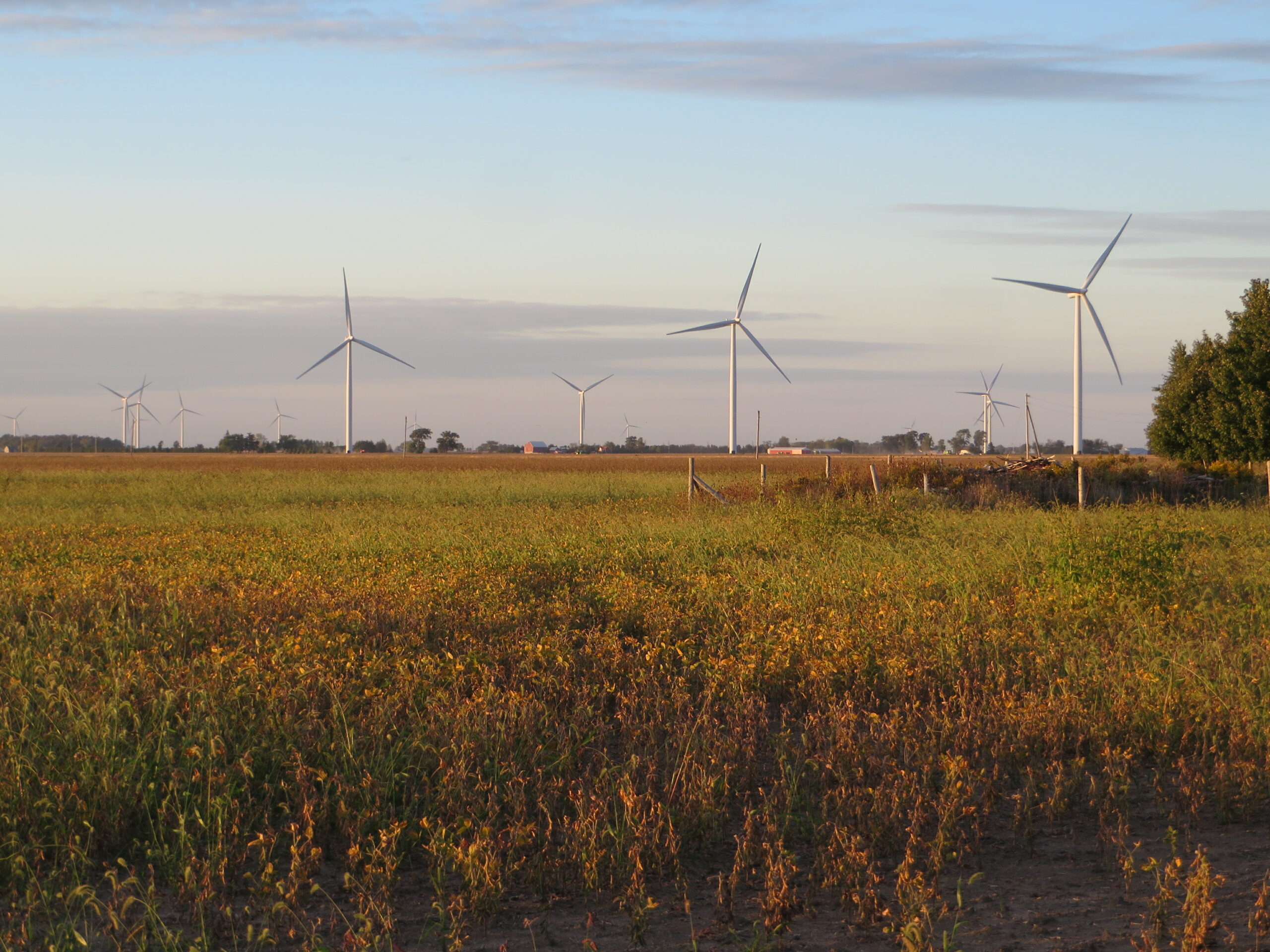
Such dire predictions are unsettling, but Gibbons, with the Clean Air Alliance, calls the report “an attempt to justify Doug Ford’s plans to ramp up pollution from the gas-fired power plants.” Through freedom-of-information legislation, the Clean Air Alliance accessed an earlier draft of the report that outlines two alternate scenarios, both of which had much more favourable pathways to an eventual natural gas phase-out using hydroelectric power, in addition to new renewable sources and a price on carbon — a couple things the Ford government has fought against.
One alternate scenario shows the potential for a 75 per cent decrease in natural gas use by 2030 that results in only a three per cent increase in user costs. The other illustrates an eight per cent decrease in electricity costs while also reducing natural gas consumption.
But, Devereaux cautions that the two unpublished scenarios shouldn’t be taken at face value for a number of reasons, including the same assumption that Quebec will have energy to spare.
“We found we needed to do some additional thinking around what is the supply mix in the area around us in the decades to come? What is the emissions profile of it?” Devereaux says.
Gibbons calls the draft report “suppressed,” but Devereaux says the energy minister’s office didn’t see the report before the second and third scenarios were omitted.
He adds that the system operator is, on the request of the energy minister, drafting new advice for the province to further electrify its grid and decarbonize.
So although the alternate scenarios were flawed, he says, they did help to inform research and thinking going forward. He thinks Ontario and Quebec could be working more co-operatively, for example: if Ontario were to sell excess energy from new renewables projects into Quebec’s grid, that province’s hydroelectric power could be reserved for when renewable sources aren’t producing.
The Independent Electricity System Operator will be reporting back to the energy minister in November to help inform the new Electrification and Energy Transition Panel. But before that, Ontario voters will head to the polls on June 2, and they will have to decide if they stand behind the Progressive Conservative’s energy plans for a future underwritten by natural gas.


Fifteen years ago, when Scates added a new building onto the century-old Central Smith Creamery, he made the big white box structure as energy efficient as he could. But when it comes to fuel needed to churn out peanut butter pretzel, black raspberry cheesecake and Dutch apple pie ice cream, “I don’t think there’s many alternatives for us,” he says.
Natural gas may be the best option for some residents and businesses for some time. But as new pipelines are put in the ground and gas plants pick up pace, the question is whether it’s the best option for the rest of us.
Get the inside scoop on The Narwhal’s environment and climate reporting by signing up for our free newsletter. On March 17, federal Conservative Leader Pierre Poilievre...
Continue reading
An internal document obtained by The Narwhal shows how the natural resources minister was briefed...

Notes made by regulator officers during thousands of inspections that were marked in compliance with...

Racing against time, dwindling habitat and warming waters, scientists are trying to give this little-known...
